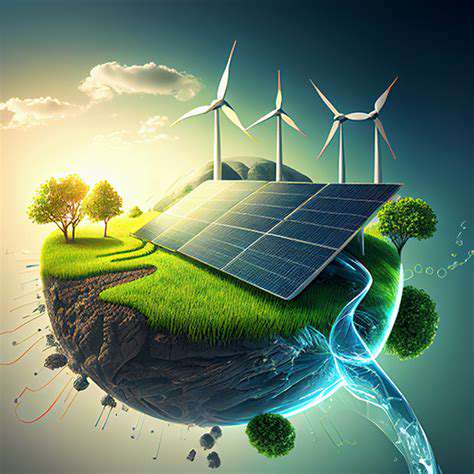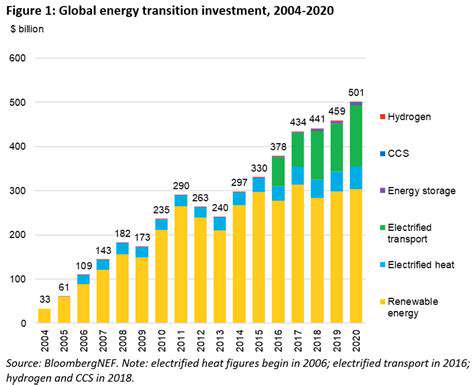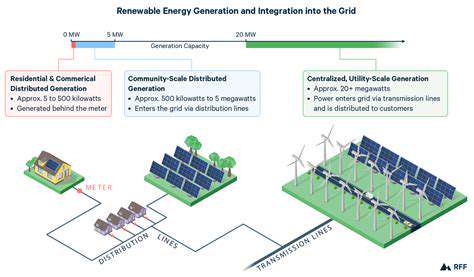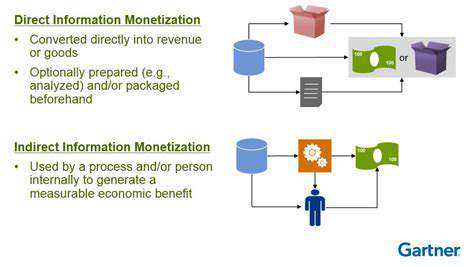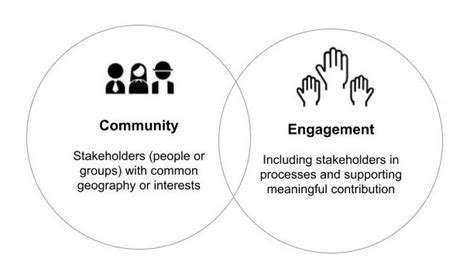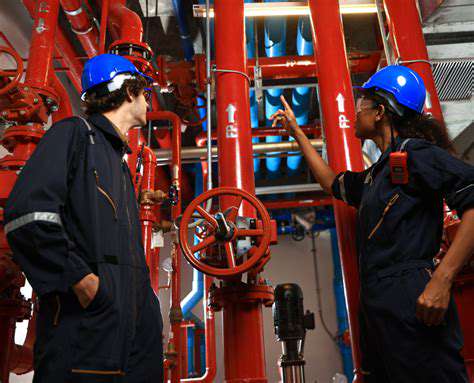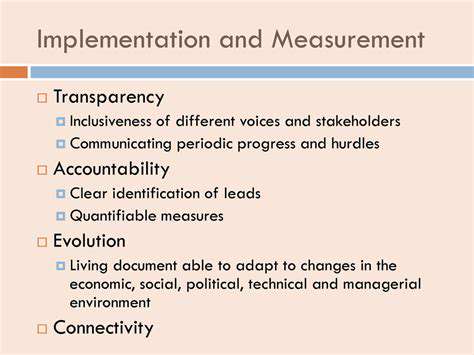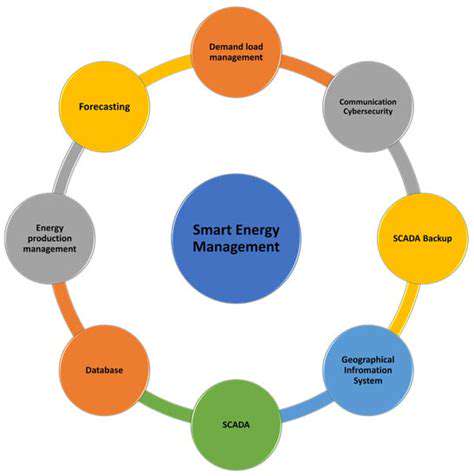Wind Energy for Green Hydrogen Production
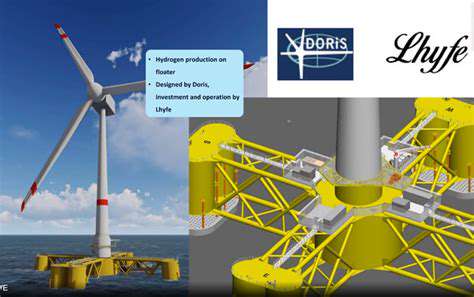
The Essential Nature of Wind Patterns
Atmospheric currents have shaped our planet since its formation, influencing everything from weather systems to ecological development. These invisible forces transport heat and moisture across continents, creating the conditions that sustain life. The recent application of wind for energy generation represents one of humanity's most promising sustainable developments. Unlike finite resources that require destructive extraction methods, wind offers a clean alternative that literally surrounds us.
Climate Systems and Wind Interaction
Global air circulation patterns function as Earth's natural climate regulation system. The constant movement of air masses redistributes thermal energy from equatorial regions toward the poles, maintaining temperature balances critical for agriculture and biodiversity. Recent disruptions to these patterns demonstrate how sensitive our climate is to atmospheric changes. Researchers now monitor wind behavior with unprecedented precision, using advanced modeling to predict seasonal variations and potential extreme weather events.
Ecological Impacts of Wind Currents
Beyond weather systems, wind plays fundamental roles in shaping ecosystems. From seed dispersal mechanisms that maintain plant diversity to the creation of microclimates that support specialized species, these air movements represent nature's distribution network. Coastal regions particularly depend on sea breezes that regulate temperatures and support marine food chains. The interaction between wind and water surfaces generates oxygenation patterns essential for aquatic life.
Electrolysis: Transforming Wind Energy Into Hydrogen Fuel
Fundamentals of Water Splitting Technology
Modern electrolysis represents a breakthrough in sustainable chemistry, using electrical currents to dissociate water molecules into their elemental components. When powered by renewable sources like wind farms, this process achieves true carbon neutrality. The reaction chambers contain carefully designed electrode assemblies that maximize molecular separation efficiency while minimizing energy waste. Recent advancements in catalytic materials have reduced the voltage requirements by nearly 40% compared to early prototypes.
Comparative Analysis of Electrolyzer Designs
Industrial applications employ three primary electrolyzer configurations, each with distinct operational characteristics. Alkaline systems dominate current installations due to their reliability and lower material costs, while PEM (Proton Exchange Membrane) units offer superior dynamic response for variable wind power input. Solid oxide electrolyzers operate at high temperatures, achieving impressive conversion efficiencies when paired with thermal recovery systems. The selection process involves careful evaluation of:
- Local wind generation profiles
- Hydrogen purity requirements
- Available infrastructure investments
Optimizing Renewable Energy Utilization
The intermittent nature of wind generation presents unique challenges for continuous electrolysis operations. Modern facilities implement sophisticated energy management systems that:
- Predict wind availability using meteorological data
- Adjust production rates accordingly
- Incorporate short-term battery buffering
- Implement demand-response protocols
This adaptive approach maintains optimal hydrogen output while preventing grid destabilization during wind fluctuations.
Emerging Applications and Infrastructure Development
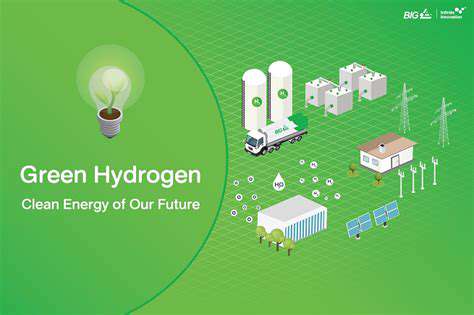
Regional Production Networks
The transition toward decentralized hydrogen production offers multiple advantages for energy resilience. Modular electrolysis units can be deployed near:
- Offshore wind farms
- Industrial hydrogen consumers
- Remote communities
This distributed model reduces transportation losses and creates local energy independence. Recent pilot projects in Northern Europe demonstrate 30% efficiency gains compared to centralized production models.
Storage Solutions for Energy Buffering
Hydrogen's versatility as an energy carrier enables innovative storage approaches that complement wind generation patterns. Underground salt cavern storage facilities can retain hydrogen for seasonal balancing, while advanced composite tanks enable mobile applications. The development of metal hydride storage materials promises even greater energy density for transportation uses.
Cross-Sector Integration Strategies
The emerging hydrogen economy requires coordinated development across multiple industries. Key integration points include:
| Sector | Application | Development Stage |
|---|---|---|
| Transportation | Fuel cell vehicles | Commercial deployment |
| Industry | Steel production | Pilot projects |
| Power Generation | Peaking plants | Demonstration |
This multi-industry approach creates a robust demand base that supports further wind energy expansion.
Sustainable Development Considerations
While hydrogen production presents environmental advantages, responsible implementation requires addressing several factors:
- Water sourcing from sustainable supplies
- Lifecycle analysis of electrolyzer components
- End-of-use recycling programs
Proper planning ensures the green hydrogen revolution delivers on its full environmental promise without unintended consequences.
